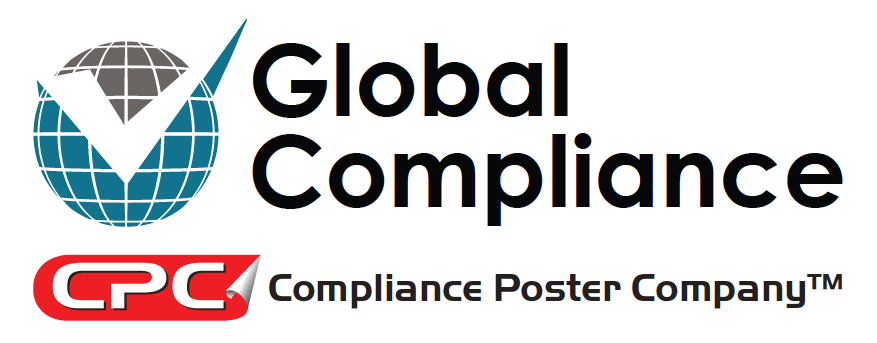How well is the US DOL Wage and Hour Division Performing?
The US Department of Labor (US DOL), through various agencies, is responsible for the administration and enforcement of over 180 federal statutes. The US DOL’s Wage and Hour Division (WHD) in particular is responsible for administering and enforcing a number of laws that establish the minimum standards for wages, working conditions and job protections for the Nation’s workforce. The laws enforced by the WHD apply to 7.3 million establishments and protect 135 million workers. Most familiar are the Fair Labor Standards Act (FLSA) and Family and Medical Leave Act (FMLA), which ensure that workers receive appropriate wages, overtime pay, and the right to take job-protected leave for family and medical purposes.
The WHD Enforcement Budget
Each year, the US DOL submits for Congressional review a detailed budget for each of its agencies. For FY 2014, the US DOL budgeted $243,254,000 for WHD enforcement activities. For FY 2015, the US DOL budgeted $265,766,000 for WHD enforcement, including an increase of nearly $30 million to hire new investigators to target the industries and employers most likely to break the laws that ensure workers receive appropriate wages and overtime pay. The FY 2016 WHD budget proposal is $277,100,000.
By the Numbers . . .
So how well did the WHD perform in 2014?
- In 2014, more than 43% of WHD investigations were agency-initiated, rather than complaint driven. The WHD utilized over 1,000 investigators and completed 29,483 compliance actions.
- The WHD found wage violations in 78% of these agency-initiated investigations.
- In 2014, the WHD found over $240 million in back wages for more than 270,000 workers. $79 million in back wages originated in low wage industries.
- The restaurant industry accounted for a large majority of the back wages recovered. Other low wage industries where back wages were found include health care, guard services, agriculture, hotels and motels, temporary help, janitorial services, garment manufacturing and day care.
What the numbers mean – the WHD is earning its fiscal keep, reaching the most vulnerable workers, and targeting specific industries. With more WHD investigators on the road next year, employers are wise to review compensation practices, leave administration, and compliance responsibilities and correct any problems. WHD inspections are often unannounced.


